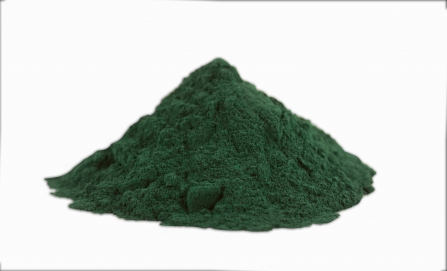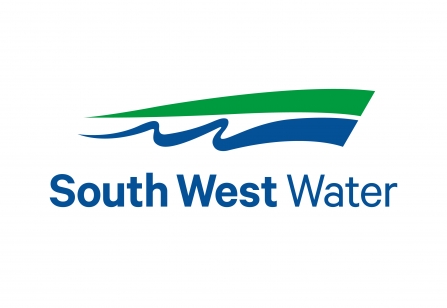Super Seaweed
Seaweed is Super!
Seaweed is found all along our shores and in our seas and is similar to the plants and trees we see on the land...but seaweeds are not true plants, they instead belong to the group of organisms known as marine algae! Algae ranges in size from microscopic (microalgae), which form the basis of the entire food chain in the ocean, to giant seaweeds such as kelps (macroalgae), which provide food, shelter and habitat for a wide range of marine animals. Seaweed is also really important for us as well! Scroll down to learn more about the amazing world of super seaweed!

NOAA MESA Project
The oceans are full of microscopic algae, known as Phytoplankton. This phytoplankton is responsible for producing around 50% of the planet's oxygen! So every second breath we take is thanks to our oceans and the amazing microalgae living within them!
Did you know that the smell of the sea also comes from phytoplankton? Saltwater by itself doesn’t have any smell, but when phytoplankton start to break down, they are digested by bacteria which produce a chemical called dimethyl sulphide! This is the smell of the sea!
Check out our seaweed ID guide and top 10 fact sheet below...
Seaweed and Us!
Seaweed has been used by populations around the world for centuries, as food, cosmetics and medicine. In countries across Asia it has been utilised for its high vitamin and mineral content and still forms part of the staple diet today. It has also been used historically by coastal communities in Ireland and Wales and 'Seashore foraging’ is now a popular past time for many local families. Click here to have a look at the Seaweed Harvesting Code of Conduct.
But did you know, not only is seaweed used directly in cooking and salads, but it is also present in lots of items that we use everyday but might not realise!?
This red seaweed with beautiful blue iridescent tips is known as Carageen or Irish moss! It has been used in cooking for centuries in Ireland. Nowadays, it is found in lots of everyday foods and toiletries! Have a go at our seaweed supermarket challenge below and see if you can work out which products contain this seaweed!
Alginate occurs naturally in all brown seaweeds like this Bladder wrack! Alginate is like a slime, similar to aloe vera and it is used in food as a powerful thickening, stabilizing, and gel-forming agent. Why don't you have a go at making your own seaweed jelly using our activity sheet below?

Music4thekids/CC BY-SA (https://creativecommons.org/licenses/by-sa/3.0)
Spirulina is a type of blue-green algae which is considered a ‘super food’ as it is a brilliant source of plant protein and other nutrients. Spirulina contains special pigments which produce its characteristic blue-green colour and so spirulina can be used to make blue and green natural food colouring and dyes! Why not have a go at making your own spirulina smoothie or lip balm using our activity sheets below?
Super Seaweed Activities
Have a go at these Super Seaweed activities, whether you're at home or in school!
Seaweed Supermarket Challenge
Make a Seaweed Smoothie
How To Make Seaweed Jelly
Make Your Own Seaweed Lip Balm

Thanks to South West Water for supporting the production of these online resources. Head over to our You Tube Page to watch some amazing underwater films!


